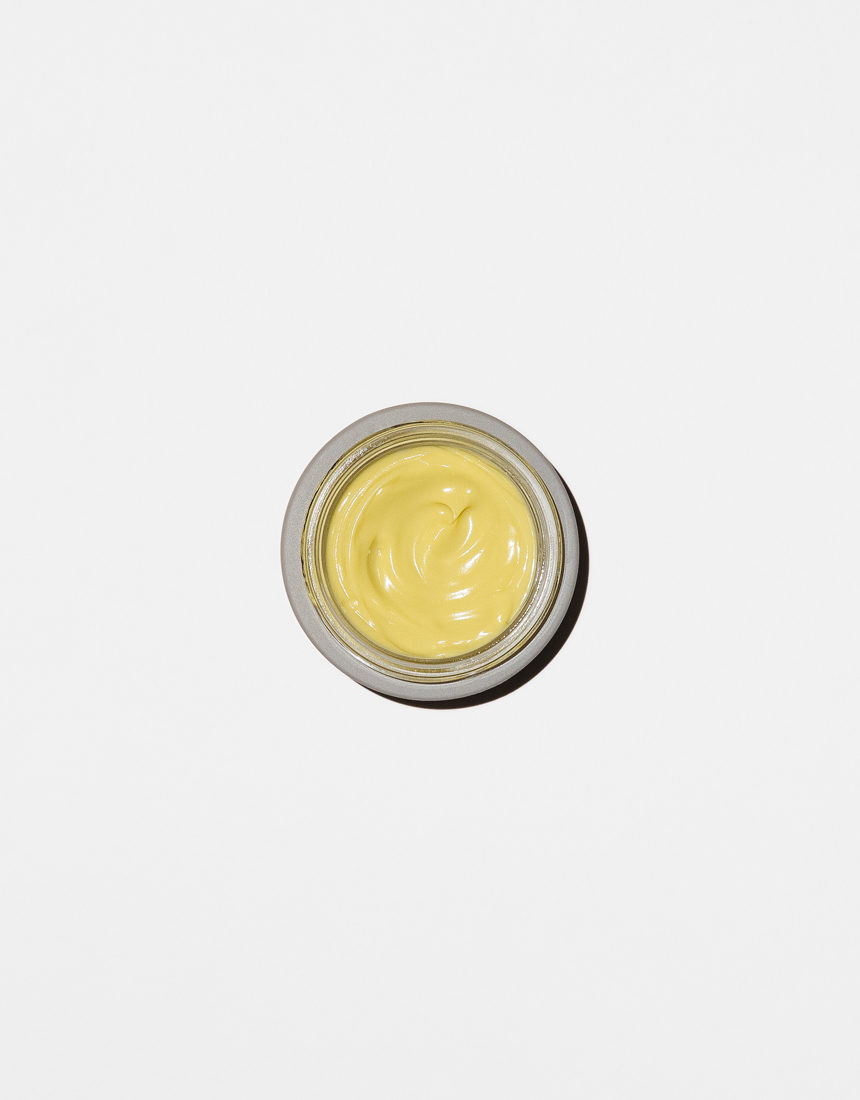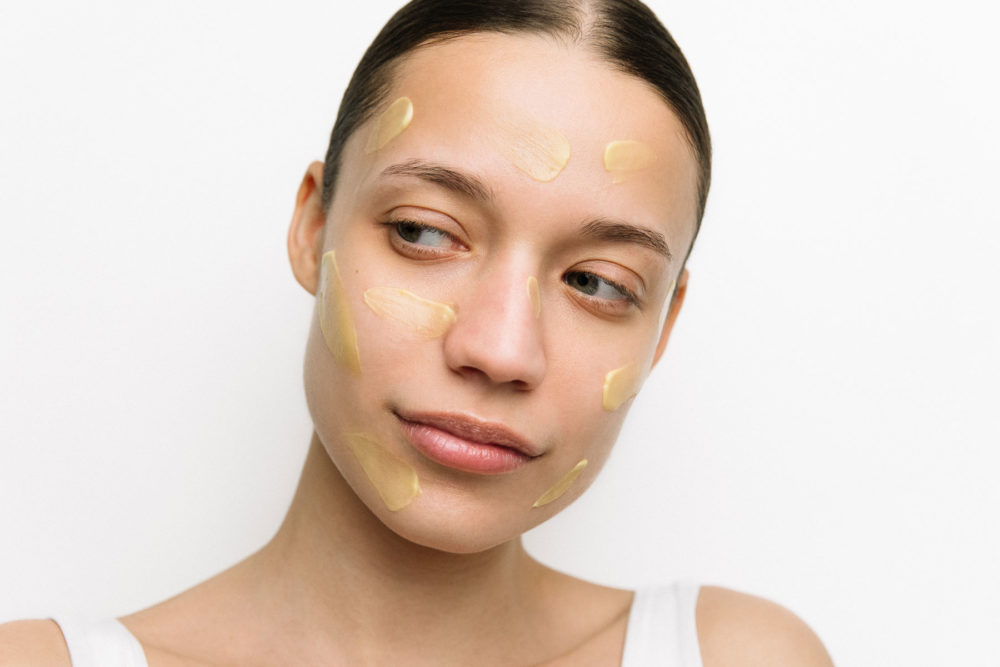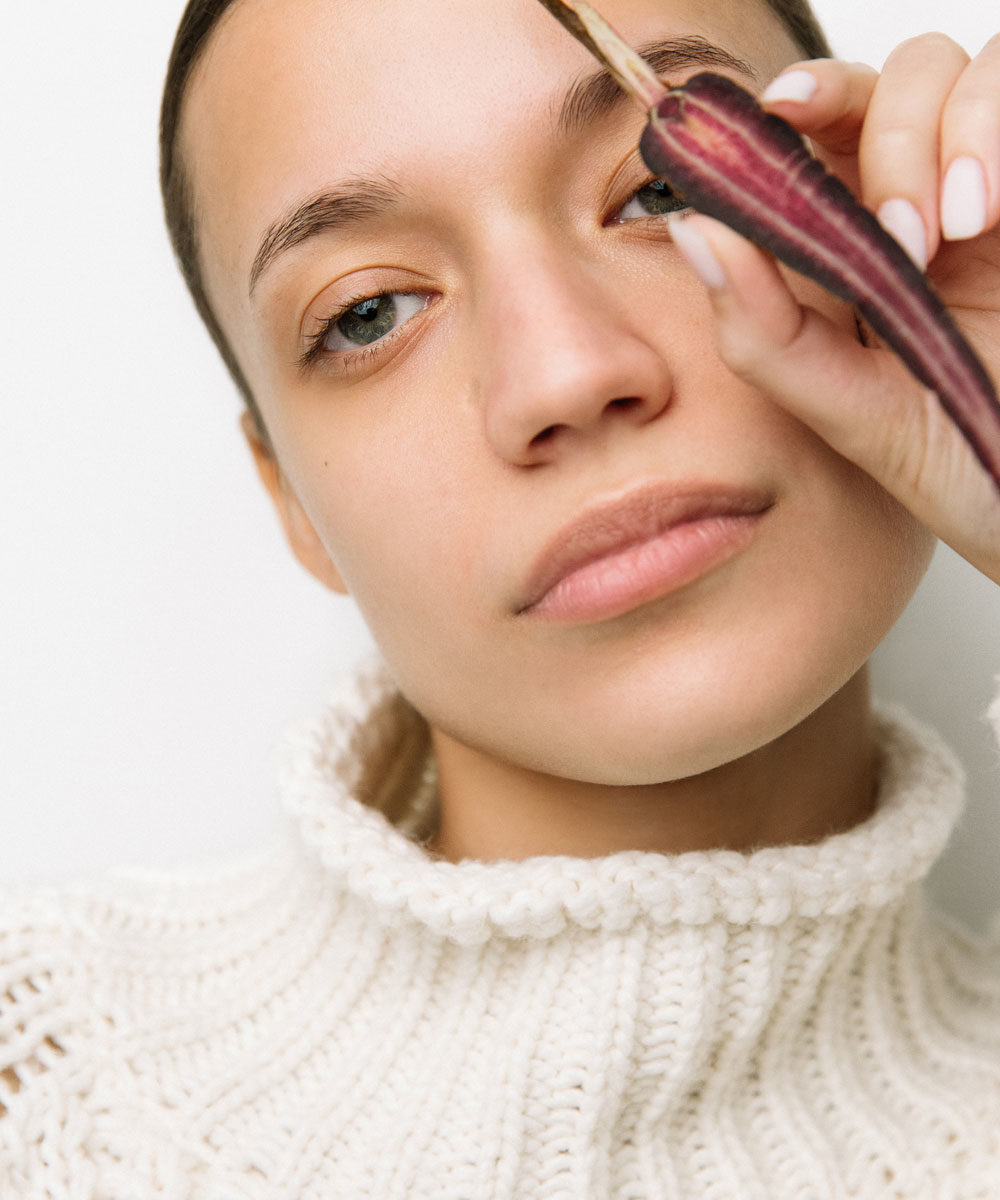
HEALTH / 26. 03. 2023
Problem with couperose. No problem.
No skin is without problems. It is better to avoid them than to deal with them. That is why we have developed this new Anti-Couperose Cream that not only soothes already irritated skin and relieves the signs of couperose, but can also help prevent its development.


SOLD OUT
Anti-couperose Cream
36.00 €
1 — What is couperose?
Couperose is a pathological skin condition caused by weakened capillaries. It is characterised by redness (erythema) and the excessive appearance of tiny spidery blood vessels (telangiectasias). Due to various external and internal factors, the walls of blood vessels weaken and as a result the capillaries and small veins dilate, causing redness of the surrounding tissue. The tendency to develop couperose skin is usually hereditary. Couperose is most common in people with thin, sensitive skin, a light phototype and a tendency to dry skin.
2 — What causes couperose?
Couperose can be caused by any of the factors that lead to the dilation of the blood vessels. These include heredity, hormonal changes, excessive stress, high blood pressure, diabetes, immunity system disorders, use of irritating products, pollen (in allergic people), overexposure to sunlight, excessive drinking and smoking, poor eating habits, extreme weather or exposure to sudden changes in temperature.
3 — What are the signs?
The signs of couperose may range from individual spidery red capillaries to extensive red patches on the face. The most affected areas are usually the cheekbones, nose and upper chin. Couperose skin is usually very sensitive, dry and stressed.
4 — What are the stages of couperose?
Couperose is often the first sign of rosacea (a chronic inflammatory skin condition). It mainly affects the surface layers of the skin and tends to pale in its early stages. In the later stages, the erythema persists and couperose develops into rosacea, a skin condition which also affects the deeper layers of the skin. Rosacea manifests itself in more pronounced permanent redness, burning of the skin, formation of inflammatory purulent rashes or even rhinophyma – a benign tumour of the nose.
5 — Is there a treatment?
In general, it is important that the skin is kept properly hydrated and that its natural protective barrier is not compromised. In the products you use, look for anti-inflammatory agents such as calendula or glycerine, vasoconstrictors such as green tea and urea, or a combination of patented active ingredients to reduce skin reactivity and protect the natural microbiome. In addition, maintain a healthy lifestyle and avoid direct exposure to sunlight, aggressive skin rubbing with towels, spicy foods, hot beverages, stress and sudden outbursts of anger.


